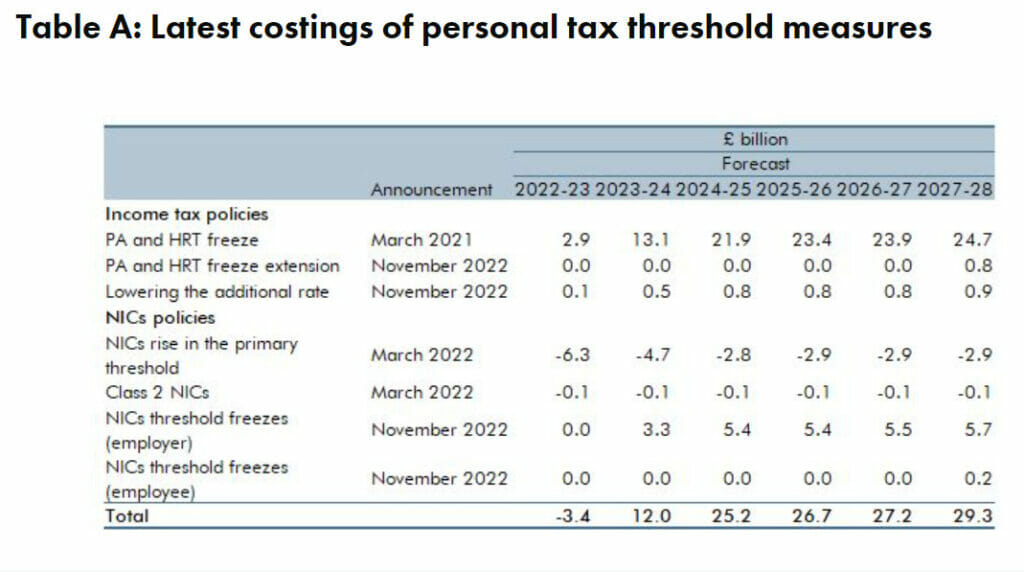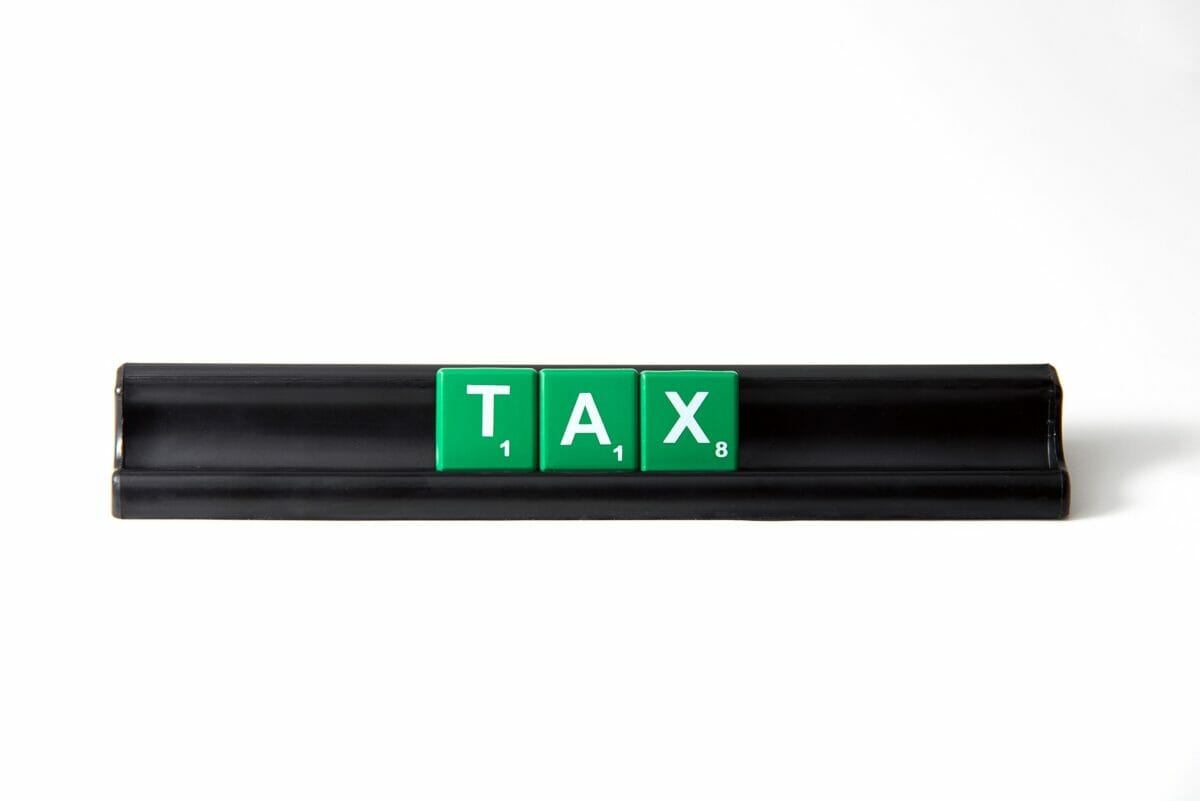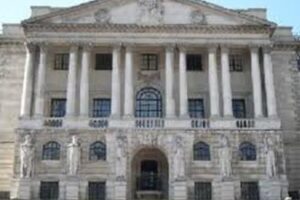New annual income tax statistics from HM Revenue and Customs today revealed that there will be 35.9 million Income Tax payers in 2023/24, compared to 31.7 million in 2020/21.
- At 29.4million there is an 8% increase in basic rate Income Tax payers from 2020/21 to in 2023/24
- At 5.6million higher rate taxpayers in year 2023/24, that is a 40.7% increase compared to 2020/21. Higher rate taxpayers now make up a projected 15.6% of the overall taxpaying population in 2023/24
- There are a projected 862,000 additional rate Income Tax payers in tax year 2023 to 2024, which is a 99.2% increase from 2020 to 2021. Additional rate payers make up a projected 2.4% of taxpayers in 2023/24
Anthony Whatling, Partner in Private Client Tax at professional services and wealth management firm Evelyn Partners, says: “This reshaping of the UK’s income tax landscape is largely due to the freezing of tax thresholds and the effects of fiscal drag. As incomes rise across stationary tax brackets, more and more people are dragged into higher marginal tax rates and pretty much everyone pays more in tax without the rates going up. A very effective and slightly under-the-radar way of raising a substantial amount of revenue for the Treasury.”
Income Tax thresholds are frozen until 2027-28 under a policy first enacted by Rishi Sunak when he was Chancellor in 2021, and then extended by Jeremy Hunt, a measure that is expected to raise nearly £30billion extra in tax by 2028. The Resolution Foundation warned this week that the freeze will cost every UK household the equivalent of £4,200 in extra taxes by 2027-28.
Some 2.1 million taxpayers will enter the higher rate bracket over the next five years, which means a hugely greater proportion of the UK’s working population will by then be paying tax at a marginal rate of 40%.[1] The threshold at which taxpayers start to pay 45% income tax dropped in April this year from £150,000 to £125,140, which will bring 300,000 extra taxpayers into the additional rate tax band in this tax year alone, according to the OBR, rising to 400,000 more by 2027/28.
These latest figures show that 15.6% of income tax payers will pay the higher 40% rate in 2023/24, along with another 2.4% paying the additional rate. In the tax year 1991–92 just 3.5% of UK adults paid the higher rate of income tax.
Whatling says: “The higher rate band used to be thought of as the domain of quite well-off earners, but many of those now paying income tax at 40% will not feel that way, particularly in the current financial climate.
“Meanwhile, there are some quite punishing marginal tax spikes at certain points in the income progression which create a distortive or disincentive effect,” says Whatling.
“One of these is the tapered withdrawal of the personal income tax allowance from £100,000, which means that those earning £100,000-125,140 face a marginal tax rate of 62% – the highest faced in any income range, with the additional tax rate threshold then applying to any income over that level. One wonders how intimidating this steep tax incline is to those contemplating the extra push that would take their earnings into six figures.
“But there are other tax hits that come in as income rises. An increasingly relevant one is the withdrawal of the personal savings allowance, which allows basic rate taxpayers to earn £1,000 in interest before it is added to their taxable income, while for higher rate taxpayers it is just £500 and for additional rate zero. These amounts have been frozen since 2016, when interest rates were at rock bottom, which meant the exemptions were costing the Treasury virtually nothing.
“However, with 5% now available on fixed-rate cash savings, it only requires savings of £10,000 to be held for a year before a higher-rate taxpayer uses up their savings allowance. Meanwhile, additional rate taxpayers must either use up some or all of their annual ISA allowance to protect their savings, or pay 45% marginal rate on their interest income.
“Savings interest tax is set to balloon this year and next, could prove a mini-cash cow for the Treasury with the CEBR estimating that revenues will surge to £7.6billion in 2023-24, compared to just £1.4billion in 2020-21.”
NOTES
[1] Office for Budget Responsibility, ‘The impact of frozen or reduced personal tax thresholds’, March 2023:



















